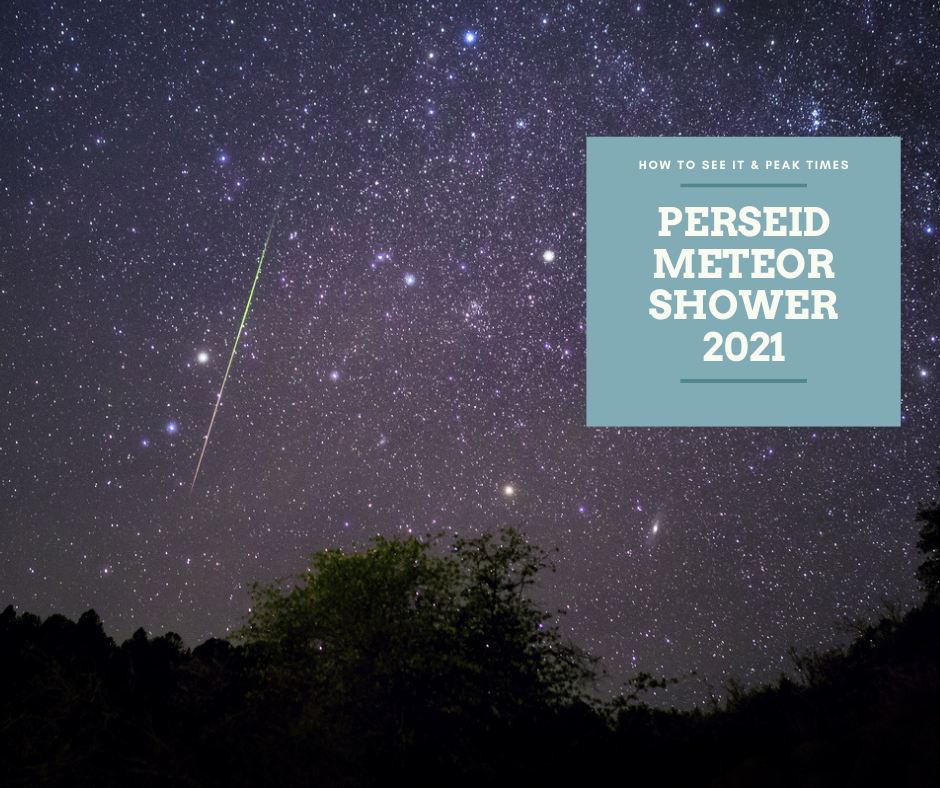In the Northern Hemisphere, we rank August Perseids as our favorite meteor shower. With clear skies, you could see what some consider the most spectacular cosmic light show. The Perseid Meteor Shower is named after the constellation Perseus, which can be seen in the Northern Hemisphere. It is known for it’s bright, long streaks of light and dazzling “fireballs.” The Perseid meteor shower will continue through August 24th, but no matter where you live, it will PEAK and produce the greatest number of meteors on August 11, 12 and 13th – perseid meteor shower 2021. There can be up to 10 meteors an hour during these peak dates.
Every August, the Perseid Meteor Shower is seen in the sky. The meteor shower will be visible from July 17th to August 24th. For people who live in North America, this means that you can see it from now until about mid-August. If you are planning on traveling outside of the country during this time period, then make sure that you plan your trip accordingly so that you don’t miss out on seeing one of nature’s most amazing events! So many Major Astronomical Events 2021. Find out Where You Should Travel Based on Your Zodiac Sign.
Here are some tips for watching the Perseids Meteor Shower
- Find a wide-open sky to watch the meteors streak across the sky in front of numerous constellations. Although visible as early as 9 p.m. they can best be seen around 2 a.m. local time.
- You want a dark sky for watching meteors. To find a dark sky near you, check out EarthSky’s worldwide Best Places to Stargaze map.
- To see the meteors, look up and to the north. Those in southern latitudes can look toward the northeast to see more meteors. The meteor showers seem to originate from teh constellation fo Perseus so download the app SkyGuide to help you find Perseus.
- Your eyes need time to adjust to the dark, so expect some initial adjustment. Avoid looking at your phone or other sources of illumination! If you need a flashlight, use a red filter.
- Give yourself at least an hour of observing time because meteor showers come in spurts.
- Bring a blanket or chair to sit on.
- Pack insect repellent, a water bottle and snacks if you plan to stay a while.
- If you must watch in moonlight, put yourself in the moon’s shadow. Place a large structure or natural object between you and the moon.
- Avoid city lights if possible – they can best be seen in a dark locatoin near you.
- Be patient. All good things come to those who wait. Meteors are part of nature. Find a good spot, watch, wait. It’s worth it.
Did you know there are cruises with a focus on astronomy? Cunard’s Queen Mary 2 and Viking Ocean Cruises Viking Orion both have onboard planetariums and regularly bring astronomers on cruises to give presentations and lead stargazing with travelers. Princess Cruises also offers stargazing as part of its Discovery at Sea program. You can also see the Northern Lights on Alaska and Scandinavia cruises each year.








